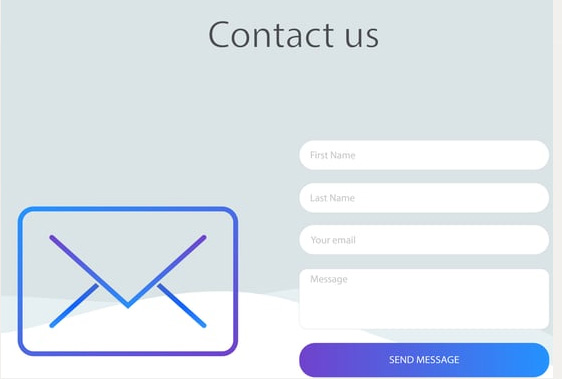Services

Services
Zendesk Express empowers businesses to provide a personalized and streamlined customer experience. With the help of Zendesk Express, organizations can efficiently manage customer inquiries, their feedback and centralize all communication channels such as:
- Email ticketing
- Phone and voicemail support
- Live chat and messaging
- 3rd party contact forms
Other features such as a dashboard of key performance indicators (KPIs), interactive voice response (telephone menu prompts), and knowledge base setup are also offered. By putting these features in place, businesses can optimize their customer support services and enhance customer satisfaction. Please see below for more details.

Email Ticketing
What is it?
Why use it?
How will we do it?
- Redirect all support emails to Zendesk
- Route support requests based on the subject matter
- Notify support agents of new tickets
- Starts the timer for each ticket to ensure efficiency
- Authorize Zendesk to send emails on your organization’s behalf
- Authorize ticket follow-ups and closures based on your business policies
- Redirect incoming emails to the Zendesk platform
- Set up and configure website widgets
- Configure business rule and event/time-triggered automation
- Optimize agent workflows via custom views and macros

Contact Us Form Automation

What is it?
Why use it?
How will we do it?
- Design custom contact forms based on your business needs
- Identify and set up data fields to collect relevant information based on the contact form type
- Intelligently route information to the relevant internal resources
- Set up field attributes to control data capture (e.g., required, drop-down options, etc.)
- Set up autoresponders that keep the conversation moving forward toward resolution
- Integrate contact forms with relevant help articles to empower the customer
- Set up a landing page that links to all contact forms
Phone and Voicemail Support Setup
What is it?
Why use it?
How will we do it?
- Guide various phone support strategies
- Assist in greeting setup options for callers to get routed to the appropriate resource
- Set up a business and after-hour business settings
- Route voicemails to the right resource

Interactive Voice Response (IVR) Setup

What is it?
Why use it?
How will we do it?
- Customize an IVR call tree for your support needs
- Implement call prioritization
- Upload pre-recorded messages
- Allowing customers to call via web browsers
Live Chat and Messaging Setup
What is it?
If they have interacted before, the agent will see their past conversation. If it’s the first time they’re getting in touch, then the agent will create a profile for them based on that conversation. And even if no agents are available when someone sends a message, the message will be stored for later.
Why use it?
How will we do it?
- 1. Setup a live widget
- 2. Route inquiries to appropriate agents
- 3. Proactively initiate chat sessions on pages where visitors need the most help
- 4. Simplify chats by creating shortcuts
- 5. Track website visitors in real-time
- 6. Provide actionable insights via analytics

FAQ and Smart Knowledge Base Page Setup

What is it?
An FAQ and knowledge base is a place for information that answers common customer questions. You can do this with general help articles, video demonstrations, step-by-step guides, glossaries, and more.
People can browse or search for keywords to find the answers they need. And if someone starts to write a support request through a chat widget or form, automation can recommend articles before the message is sent to simplify customer service and deflect additional requests.
Why use it?
Plus, its metrics can track how well the knowledge base is working. This information can be used to improve the content and operations of the knowledge base. As a result, your customers will be more satisfied and your agents will have more time to address complex requests.
How will we do it?
- 1. Implement a template (Zendesk-approved themes) and configuration
- 2. Set up organizational settings (e.g., security, content moderation, user profiles, etc.)
- 3. Integrate Google Analytics
- 4. Create a content workflow
- 5. Place an interactive community with your customers to field their questions
- 6. Encourage participation in your community by giving out badges
Reporting and Dashboard
What is it?
Why use it?
How will we do it?
- 1. Provide an overview of standard dashboard reports within Zendesk
- 2. Instruct on how to filter reports according to needs
- 3. Instruct on how to group reports by different data parameters
- 4. Teach the best way to analyze reports to maximize business insights
- 5. Simplify how to set up personal dashboards and custom reports

Ongoing Support
2. Automation and workflow troubleshooting and updates
3. Security of operations
4. Dashboard-based metrics on team and operational performance
